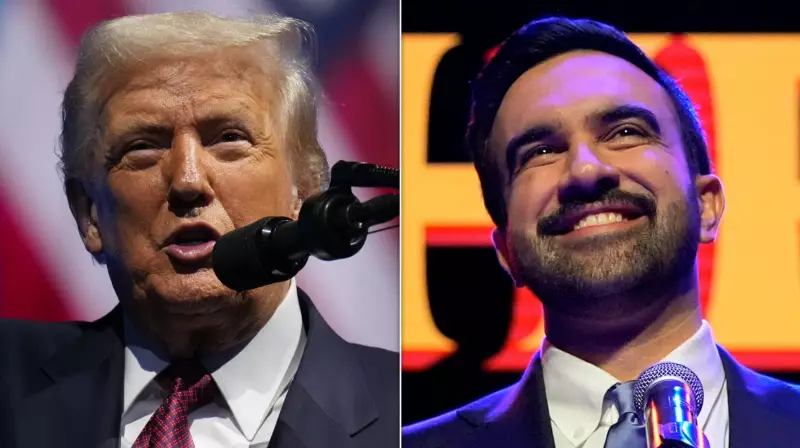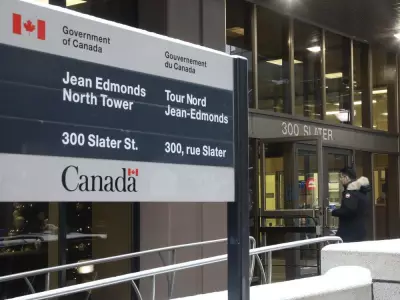
In a characteristically blunt social media outburst, former President Donald Trump has taken aim at New York State Assembly member Zohran Kwame Mamdani, delivering a sharp condemnation of the Democratic Socialist's recent victory speech.
The Provocative Victory Celebration
The controversy stems from Mamdani's triumphant address following his successful reelection campaign in New York's 36th Assembly District. The Democratic Socialist politician, known for his progressive platform, delivered remarks that clearly caught the attention of the former president.
While specific details of Mamdani's speech weren't detailed in Trump's response, the content was evidently substantial enough to provoke a strong reaction from the Republican leader, who continues to maintain significant influence within his party.
Trump's Characteristic Counterattack
Never one to shy away from political confrontation, Trump utilized his preferred communication platform to launch a verbal assault against Mamdani's comments. The former president's response typifies his approach to political discourse—direct, unfiltered, and designed to make headlines.
This exchange highlights the ongoing ideological battle between progressive elements within the Democratic Party and conservative voices led by figures like Trump. The confrontation represents more than just personal criticism—it symbolizes the deepening political divisions characterizing contemporary American politics.
Broader Political Implications
The public spat carries significance beyond mere political theater. Mamdani represents the growing Democratic Socialist movement that has gained traction in certain Democratic strongholds, while Trump continues to command the loyalty of the Republican base.
Such exchanges often serve as proxy battles for larger ideological conflicts, with each side using these moments to rally supporters and draw clear battle lines for future electoral contests. The timing of Trump's comments, coming after a political victory for his opponent, suggests an effort to counter the narrative of progressive momentum.
As both figures continue to operate as influential voices within their respective political spheres, this public disagreement likely foreshadows continued clashes between progressive and conservative ideologies in the American political landscape.





